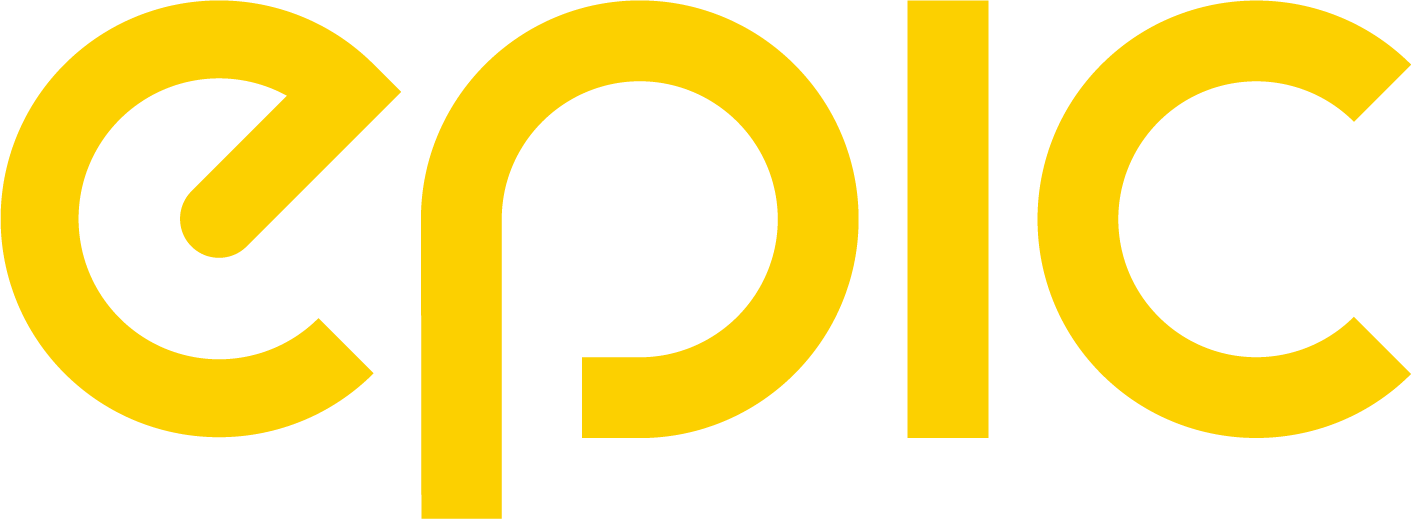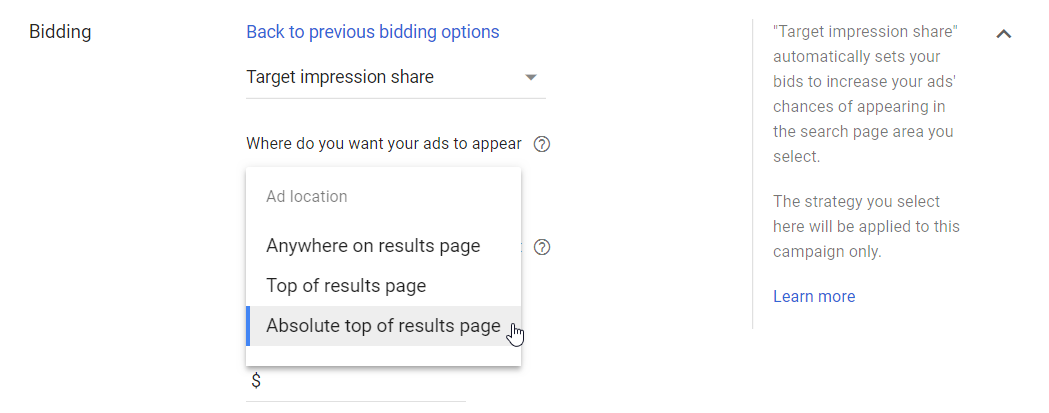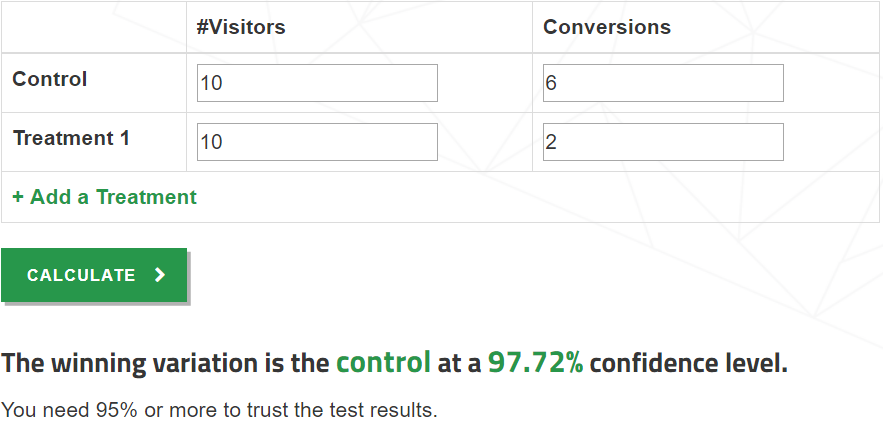Whether you’re a small startup with big dreams, or a seasoned business ready to take on the world, scaling a business is your secret weapon for turning dreams into reality. Scalability represents a company’s ability to adapt, expand, and evolve, with no limits. With the right scalable structures, processes, and systems, businesses can experience exponential growth while minimizing risks and maximizing returns. Hiring a digital marketing agency is the best way to create a business growth strategy, as digital marketing specialists are there to focus on advertising so you can focus on what you do best, managing your business. Keep reading to learn more about how digital marketing agencies can help your business stay on top of industry trends and create long-term success.
What is Scaling in Business?
Scalability allows businesses to evolve and thrive in a competitive landscape, remaining agile, resilient, and sustaining growth over time. In today’s dynamic and ever-evolving marketplace, businesses must possess the flexibility and capacity to respond quickly to shifts in consumer preferences, technological advancement, and competitive landscapes. Scalability is crucial for organizations to be able to respond to fluctuations in demand, allowing them to take advantage of important opportunities as they arise. Whether focused on new market expansion, launching products or services, or restructuring business processes, scalability ensures that businesses can position themselves for sustainable success.
Marketing agencies play a big role in facilitating scalable growth for businesses by providing expertise, resources, and strategic guidance to maximize marketing efforts. The specialized knowledge and experience in various marketing channels allows agencies to help businesses optimize their marketing campaigns and adapt to ever-changing market dynamics.
Experienced marketing agencies can help both startups and more established brands by providing an invaluable partnership and achieving long-term success in today’s competitive landscape.
Agency Solutions for Scalability
Marketing agencies have many solutions to help with sustainable growth. These solutions include digital marketing services, such as search engine optimization (SEO), pay-per-click (PPC) advertising, social media marketing, and content marketing, which allows businesses to engage with their target audiences effectively. Agencies may provide technology and infrastructure support, including website development, cloud computing solutions, and customer relationship management (CRM) systems, to help businesses streamline operations and scale their processes as they grow. Strategic consulting and planning services offered by agencies assist businesses in developing scalable business models, identifying growth opportunities, and coming up with strategies to achieve their objectives.
Digital marketing strategies serve as powerful tools for driving scalable growth. Content marketing helps to educate and engage potential customers, and social media marketing uses popular platforms like Facebook and Instagram to connect with audiences, build relationships, and promote products or services. Email marketing is an effective way to build brand awareness and create personalized content, leading to more traffic to your website and a higher return on investment (ROI).
Conclusion
From digital marketing expertise to strategic consulting and infrastructure support, agencies offer effective solutions tailored to each business’s evolving needs and objectives. With the help of an experienced digital marketing agency, companies can navigate growth challenges, seize opportunities, and unlock their full potential for success. The partnership between a marketing agency and a business looking to expand is an instrumental part of driving scalable growth, fostering innovation, and shaping the future of business. Contact us today to see how we can embrace smart scaling strategies and experience sustained growth together.






